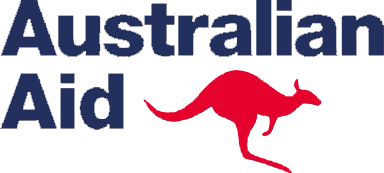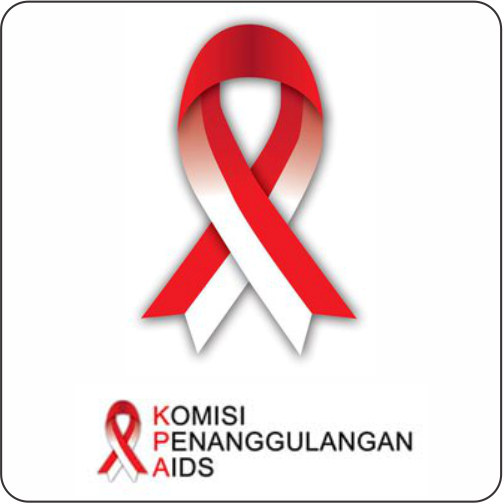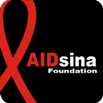- Detail
- Kategori: Artikel Jurnal
- Dilihat: 8309
{autotoc enabled=no}
I. Praptoraharjo1.
Abstract: ICAAP2502-02131
Background: Male to female transgender (Waria) in Indonesia are estimated about 30% to be HIV-positive. Unprotected anal sex was the major route of HIV transmission among waria in Indonesia. As indicated by previous studies, multilevel factors were found to be significantly associated with condom use or unprotected anal sex including individual, interpersonal, and social factors. However, so far most of the studies focused on individual level factors. Less attention was given to interpersonal and social relationships. This study examines social factors associated with condom use during anal sex.
Methods: By using a modified chain referral method, 165 waria in Yogyakarta were recruited as participants for the study. Not all waria reported having had anal sex in the last 30 days. Therefore only 150 participants were included in the analyses of factors associated with condom use. A logistic generalized estimating equation was used to examine the association between independent variables and dependent variables, considering the data of the sexual partners were clustered in the respondent.
- Detail
- Kategori: Artikel Jurnal
- Dilihat: 4009
Justine Hsu1,*, Cyprien Zinsou2, Justin Parkhurst1, Marguerite N'Dour2, Léger Foyet2 and Dirk H Mueller1,3
Abstract
Background: Behavioural interventions have been widely integrated in HIV/AIDS social marketing prevention strategies and are considered valuable in settings with high levels of risk behaviours and low levels of HIV/AIDS awareness. Despite their widespread application, there is a lack of economic evaluations comparing different behaviour change communication methods. This paper analyses the costs to increase awareness and the cost-effectiveness to influence behaviour change for five interventions in Benin.
- Detail
- Kategori: Artikel Jurnal
- Dilihat: 4193
I. Praptoraharjo1, A. Gabriella2, S. Lenggogeni2, O. Kamil2, N. E Sitorus2, G. Simanulang2.
Abstract: ICAAP2502-01025
 Background: Nationally HIV epidemic in Indonesia is still concentrated on vulnerable Populations. However, the negative impacts of AIDS for infected people and their families have the potential to become catastrophic because the infected people are mostly economically productive and disproportionately experienced by poor families. The main impacts of this situation is the decrease of productivity and inability to earn income that impoverishes the PLHIV families further. This study aims to map the array of social protection schemes in Indonesia, to identify different types of services that have been used by PLHIV and to assess the possibility of having a social protection policy that integrates the needs of PLHIV.
Background: Nationally HIV epidemic in Indonesia is still concentrated on vulnerable Populations. However, the negative impacts of AIDS for infected people and their families have the potential to become catastrophic because the infected people are mostly economically productive and disproportionately experienced by poor families. The main impacts of this situation is the decrease of productivity and inability to earn income that impoverishes the PLHIV families further. This study aims to map the array of social protection schemes in Indonesia, to identify different types of services that have been used by PLHIV and to assess the possibility of having a social protection policy that integrates the needs of PLHIV.
- Detail
- Kategori: Artikel Jurnal
- Dilihat: 4610
Noor Tromp1, Adiatma Siregar2, Barnabas Leuwol3, Dindin Komarudin3, Andre van der Ven4, Reinout van Crevel4, Rob Baltussen1
ABSTRACT
Aim: to evaluate the costs-effectiveness of scaling up community-based VCT in West-Java. Methods: the Asian epidemic model (AEM) and resource needs model (RNM) were used to calculate incremental costs per HIV infection averted and per disability-adjusted life years saved (DALYs). Locally monitored demographic, epidemiological behavior and cost data were used as model input.
- Detail
- Kategori: Artikel Jurnal
- Dilihat: 5929
Noor Tromp1, Adiatma Siregar2, Barnabas Leuwol3, Dindin Komarudin3, Andre van der Ven4, Reinout van Crevel4, Rob Baltussen1
ABSTRAK
Tujuan: untuk mengevaluasi efektivitas biaya (cost-effectiveness) perluasan layanan (scaling-up) VCT berbasis masyarakat di Jawa Barat.
Metode: Asian epidemic modelling (AEM) dan resource need model (RNM) digunakan untuk menghitung biaya-biaya tambahan untuk setiap infeksi HIV yang dihindari dan setiap disability-adjusted life years (DALYs) yang diselamatkan. Data demografi, perilaku dan biaya hasil pantauan lokal yang berhubungan dengan epidemic digunakan sebagai input pada model.
© 2024 Kebijakan AIDS Indonesia










